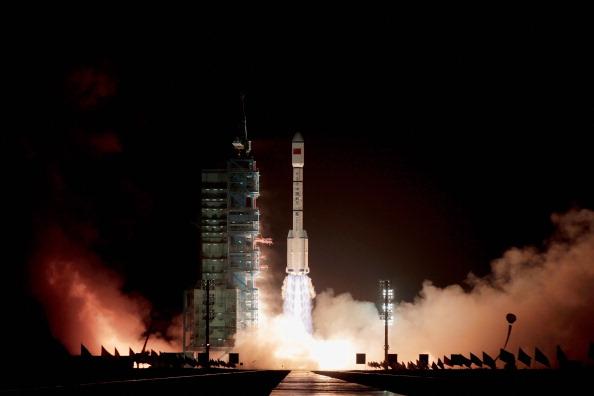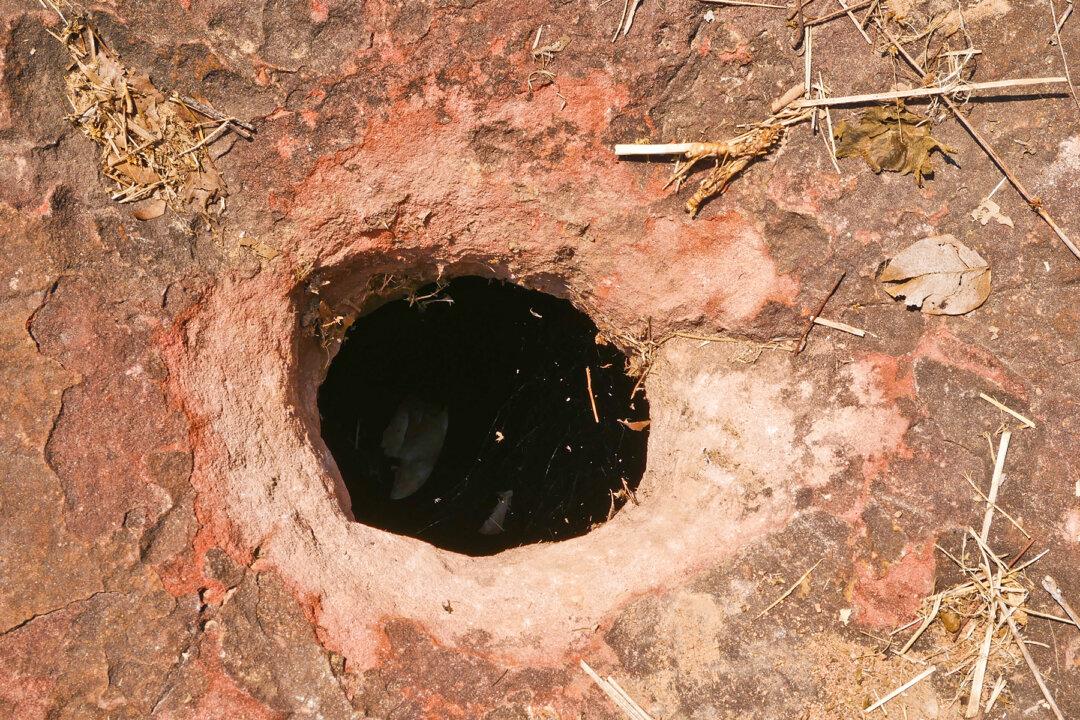China’s Tiangong-1 space station crashed to the Earth in the South Pacific Ocean on Monday morning. While many were concerned about where the out-of-control satellite would land, the Chinese Communist regime said prior to Monday’s crash that the 8.5-ton Tiangong-1 is unlikely to cause any damage when landing. Instead, state media said that the satellite re-entering the Earth’s atmosphere would be a “gorgeous and magnificent” show.
Tiangong-1, which means Heavenly Palace in Chinese, was launched in September 2011. It landed at about 8:15 a.m. Beijing time (8:15 p.m. ET Sunday), according to the China Manned Space Engineering Office.
The Chinese regime informed the United Nations in May 2017 that Tiangong-1 had “stopped functioning” back in March 2016, but did not provide an explanation for why.




